20+ SAMPLE Brand Brief
-
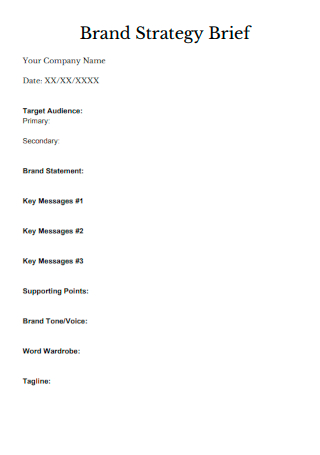
Brand Strategy Brief
download now -
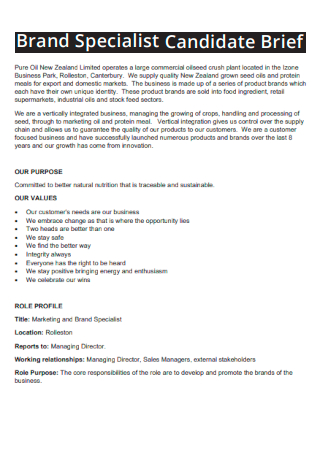
Brand Specialist Candidate Brief
download now -
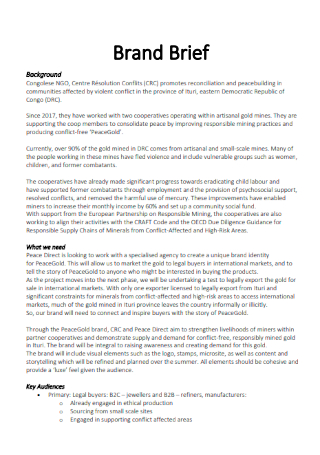
Sample Brand Brief
download now -
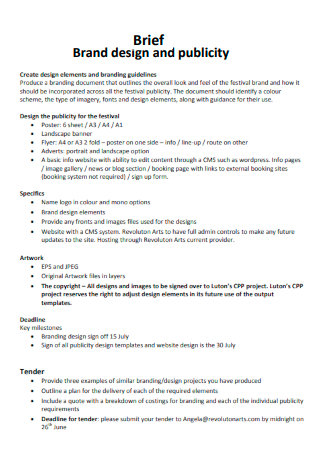
Brand Design and Publicity Brief
download now -
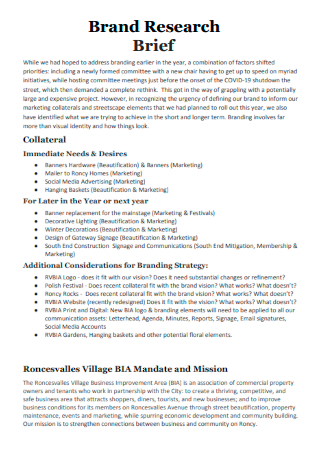
Brand Research Brief
download now -
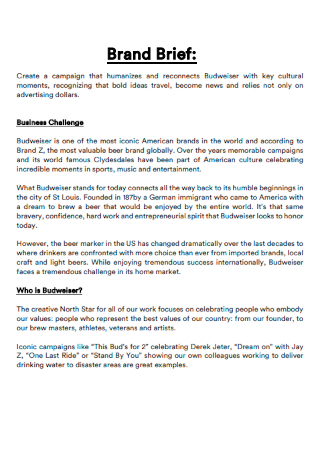
Formal Brand Brief
download now -
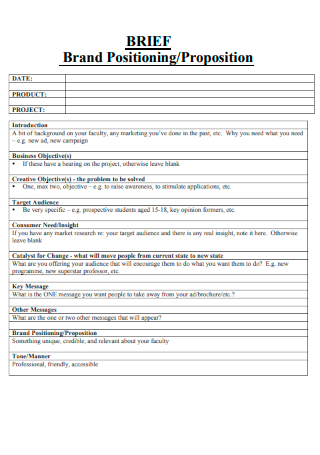
Brand Positioning & Proposition Brief
download now -
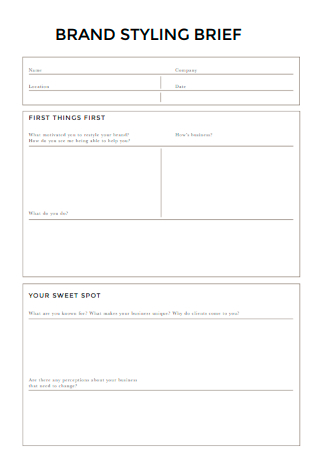
Brand Styling Brief
download now -
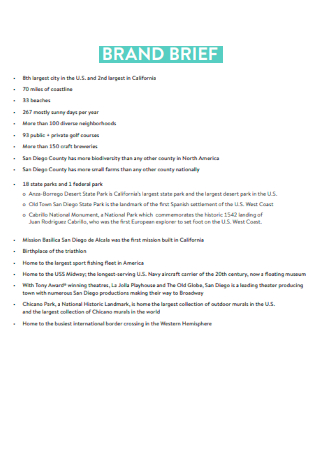
Printable Brand Brief
download now -
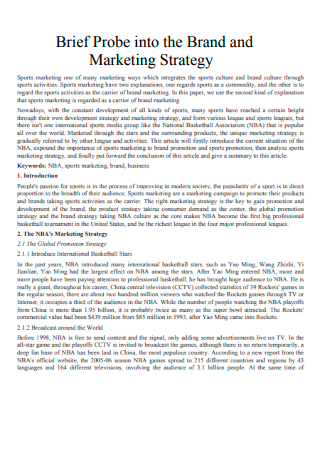
Brief Probe into the Brand and Marketing Strategy
download now -

Brand Logo Design Brief
download now -

Brand Personality Brief
download now -
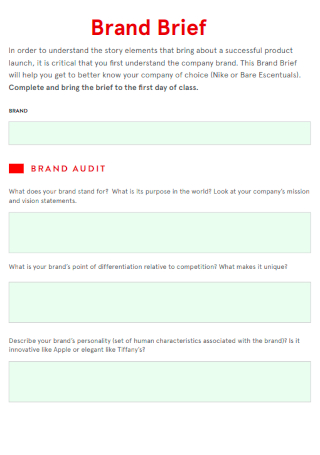
Example Brand Brief
download now -
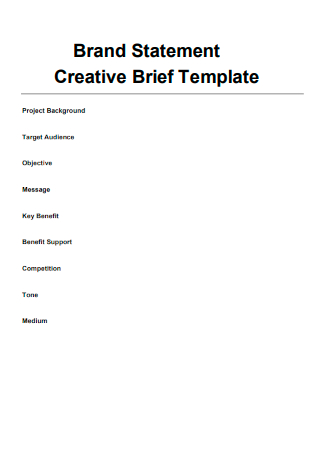
Brand Statement Creative Brief
download now -
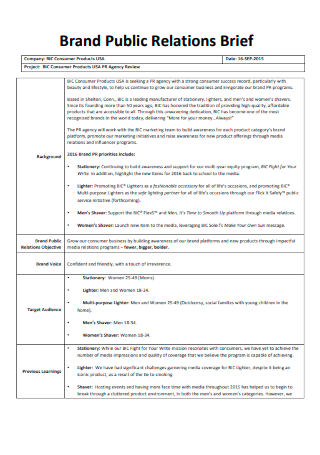
Brand Public Relations Brief
download now -

Brand Brief & Messaging Guide
download now -
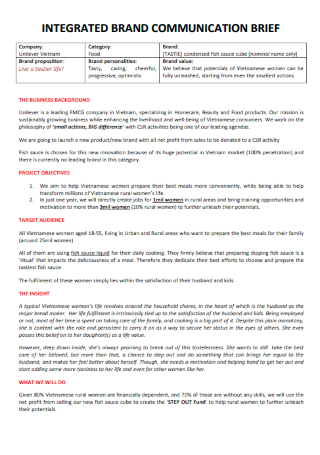
Integrated Brand Communication Brief
download now -
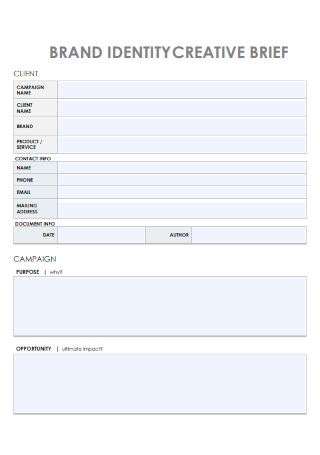
Brand Identity Creative Brief
download now -
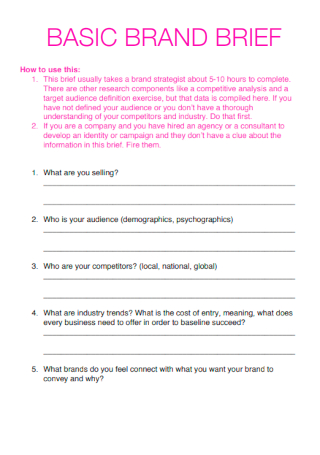
Basic Brand Brief
download now -
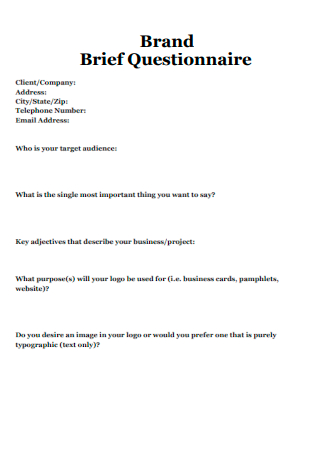
Brand Brief Questionnaire
download now -

Fixed Quotation Brand Brief
download now
FREE Brand Brief s to Download
20+ SAMPLE Brand Brief
What Is a Brand Brief?
Reasons to Have a Brand Brief
Key Components of a Brand Brief
How to Write a Brand Brief
FAQs
What are the different types of brand briefs?
Who is responsible for creating the brand brief?
What is the difference between a brand brief and from creative brief?
What Is a Brand Brief?
A brand brief is a detailed explanation of what a brand is and isn’t. It explains your brand’s objectives, goals, values, and vision, allowing anybody engaged in generating brand assets to express the business’s direction, purpose, and positioning as clearly as possible. To ensure a consistent brand message across its long-term plan, a corporation prepares a brand brief, often known as a brand architecture or brand strategy Roadmap. This document is critical for building and managing a brand’s perceived worth, also known as brand equity, in the eyes of its customers. You can utilize the brand brief examples to save you time as opposed to starting a document from scratch.
Reasons to Have a Brand Brief
Your company may have a chance to operate even without a brand brief but its success would depend on whether or not you could keep track of each progress you have made. If you are new to the business or have only recently begun your operations, you can find that a brand brief is efficient to have. Curated below are some of the reasons why you should have this piece of document present for every company you are part of or every project you are initiating or even involved with.
Key Components of a Brand Brief
A brand campaign brief is not made up of random parts and sections, there are specific components that make it a note-worthy brand brief. Skipping these parts is ill-advised as they are meant to guide you into the process and each of them is vital to the completion of the final output. If you are feeling puzzled still about the contents of this article, checking out the company brief description sample could help you picture how the contents would appear and how they are formulated.
How to Write a Brand Brief
With the components and reasons stated above, you can now proceed to the process of building a brand brief. Take it easy and slow to ensure you did not overlook any parts and each is defined appropriately. If you want to view a sample or intend to use a pre-made one, then you can view what the site has to offer on a brand creative Brief Template.
1. Explain Your Objectives and Motives
Begin your brief by describing the project’s history and branding. Write one or two phrases that explain the company’s or individual’s purpose, followed by a few sentences that provide history on the brand and why it is starting this initiative or campaign. This material might be included in one or two paragraphs, or it could be separated using headers.
2. Highlight Particular Goals and Problems
The following portion of your brief should focus on the brand difficulties you intend to address and overcome through the project. Following the introduction of those difficulties, you may go into further depth about how your campaign will handle and overcome them. This area will help the creative team grasp the project’s expectations.
3. Define Your Target Audience
The following stage is to determine who the campaign will target. You should include demographic information such as gender, age, and demographic location, as well as motives for why they would buy a product and what pain areas the solution will address. If the customer already has a thorough buyer persona, you may use it for this area.
4. Review Market Competitors
It is critical to provide information about rivals since it may assist a creative team better their approach and coming up with fresh advertising concepts. This section should provide a brief list of rivals and their offerings. Examine the parallels between the client’s company and its rivals, as well as how the client has distinguished itself. Knowing who your competitors are and what they supply may assist you in differentiating your products, services, and promotion. It will allow you to set competitive rates and react to rival Marketing Campaigns through your own strategies.
FAQs
What are the different types of brand briefs?
There are two types of branding advertising briefs that you may write: legal and creative. A legal brief is an argument presented to a court in order to persuade it to decide in favor of its client. It outlines particular legal concerns pertaining to the case, gives evidence, and asks the court to take a certain action. A creative brief is a one- or two-page document that covers the project’s aims, mission, problems, message demographics, and other data. It aids in directing the creative team and other relevant parties on how to achieve the campaign’s objectives.
Who is responsible for creating the brand brief?
When it comes to assembling the brand brief, the individual in charge of producing the brief within the creative team should have good communication and Project Management abilities to incorporate crucial information such as the brief business background. As brand knowledge and views emerge throughout the organization, they should stay hands-on and analytical. They should also have a great sense of brand awareness and design, as well as a strong emphasis on outcomes.
What is the difference between a brand brief and from creative brief?
Both documents may be utilized to explain innovative ideas concisely. A brand brief is a detailed description of what a brand is all about, where it is going, and what it may become. It is a live document designed to guide the development and implementation of all brand-related assets and activities. A Creative Brief for brand identity is an outline of a brand-specific project. A creative brief would include a project-specific mission, goals, and objectives, as well as how a creative team expects to accomplish all of these things.
Incorporating a brand brief into your company and projects is essential to ensure that every detail is thought of so that upon its presentation to the client, no information is lacking and time won’t be wasted to request for a follow-up discussion. So invest in the creation of a brand brief so you can impress your clients and have a successful working relationship.
